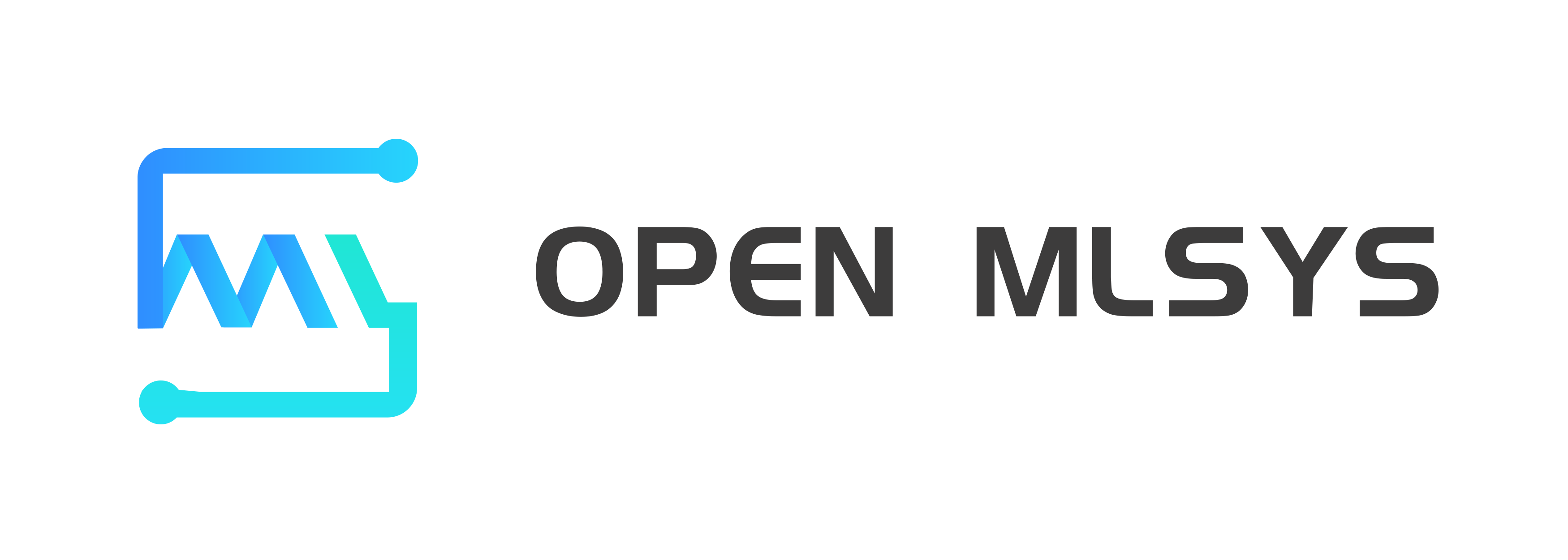13. Robotic System¶
This chapter introduces robotics — a major direction of machine learning — and robotic systems. The key aspects explored in this chapter are as follows:
Basic knowledge of robotic systems
Robotic perception system, planning system, and control system
General Robot Operating System (ROS)
